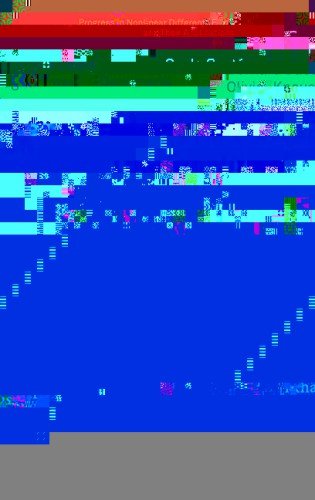

Most ebook files are in PDF format, so you can easily read them using various software such as Foxit Reader or directly on the Google Chrome browser.
Some ebook files are released by publishers in other formats such as .awz, .mobi, .epub, .fb2, etc. You may need to install specific software to read these formats on mobile/PC, such as Calibre.
Please read the tutorial at this link: https://ebookbell.com/faq
We offer FREE conversion to the popular formats you request; however, this may take some time. Therefore, right after payment, please email us, and we will try to provide the service as quickly as possible.
For some exceptional file formats or broken links (if any), please refrain from opening any disputes. Instead, email us first, and we will try to assist within a maximum of 6 hours.
EbookBell Team

4.0
86 reviewsAn important question in geometry and analysis is to know when two k-forms f and g are equivalent through a change of variables. The problem is therefore to find a map φ so that it satisfies the pullback equation: φ*(g) = f.
In more physical terms, the question under consideration can be seen as a problem of mass transportation. The problem has received considerable attention in the cases k = 2 and k = n, but much less when 3 ≤ k ≤ n–1. The present monograph provides the first comprehensive study of the equation.
The work begins by recounting various properties of exterior forms and differential forms that prove useful throughout the book. From there it goes on to present the classical Hodge–Morrey decomposition and to give several versions of the Poincaré lemma. The core of the book discusses the case k = n, and then the case 1≤ k ≤ n–1 with special attention on the case k = 2, which is fundamental in symplectic geometry. Special emphasis is given to optimal regularity, global results and boundary data. The last part of the work discusses Hölder spaces in detail; all the results presented here are essentially classical, but cannot be found in a single book. This section may serve as a reference on Hölder spaces and therefore will be useful to mathematicians well beyond those who are only interested in the pullback equation.
The Pullback Equation for Differential Forms is a self-contained and concise monograph intended for both geometers and analysts. The book may serve as a valuable reference for researchers or a supplemental text for graduate courses or seminars.